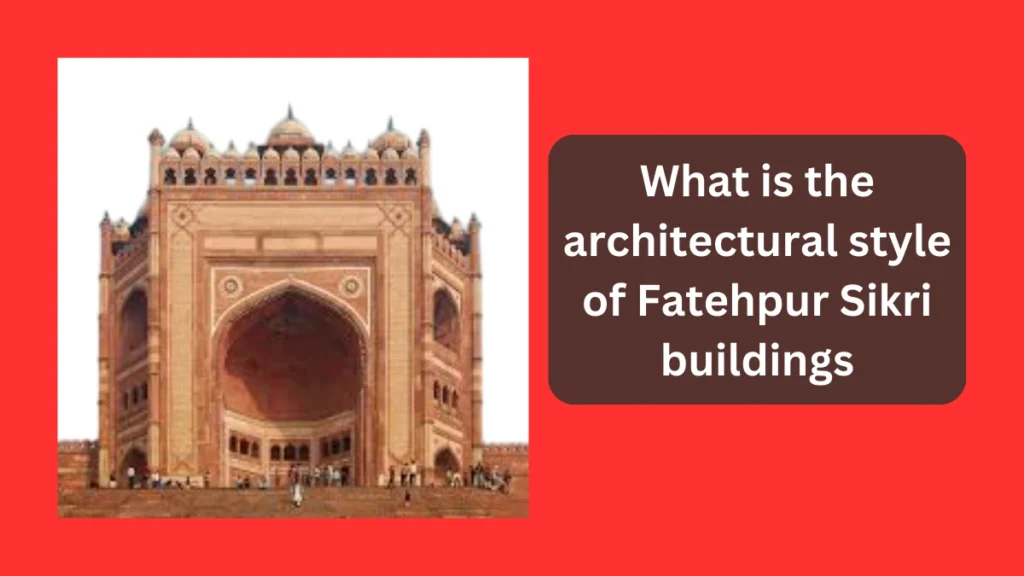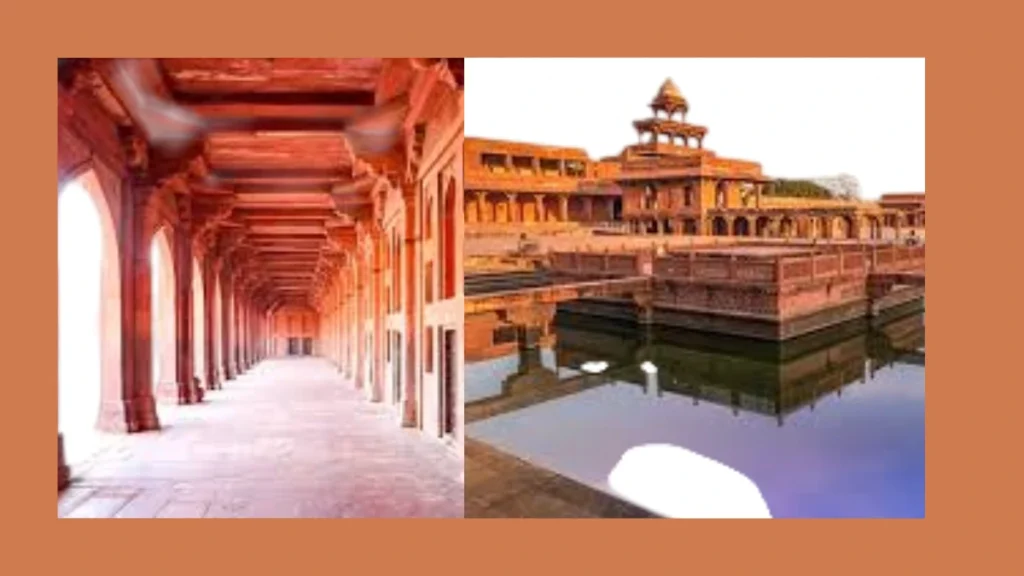What is the architectural style of Fatehpur Sikri buildings?
By Radha Sharma, Heritage Architect & Mughal History Enthusiast

Introduction: Why Fatehpur Sikri Still Takes My Breath Away
I’ll never forget the first moment I found myself face to face with the towering Buland Darwaza, its red sandstone shimmering in the afternoon sun. As a student of Mughal architecture, I had read about Fatehpur Sikri — the “City of Victory” — but nothing had prepared me for its splendor. Today I’ll walk you through the architecture of Fatehpur Sikri buildings, a UNESCO World Heritage Site that cohabits Hindu artisanship and Islamic precision.
1. The Rise and Fall of Akbar’s Visionary Capital
When Akbar the Great moved his capital to Fatehpur Sikri in 1571, he didn’t just build a city — he wrote a unity manifesto. As I explored its ruins, I was struck by how this architectural masterpiece of the 16th-century Mughals reflected Akbar’s aspiration to merge cultures, religions and ideas.
A Short-Lived Glory: ts Indo-Islamic architecture stood as a reminder of the innovation of Akbar’s dynamic rule even after it was abandoned after just 14 years because the region lacked water.
UNESCO’s Stamp: Its status as a World Heritage Site, a designation bestowed upon it in 1986, was as much about beauty as importance: the city had helped to form the DNA of Indian culture.
Must Also Read: Why Was Fatehpur Sikri Abandoned by Akbar? Unraveling the Mystery of a Deserted Mughal Marvel
2. The Secret Behind Its Design: Hindu Meets Islamic, Persian Meets Indian
A. The Fusion That Defines Fatehpur Sikri
What was most shocking to me was the way in which the meld of Hindu and Islamic architecture blended here, fitting into the narrative in this city. Consider the carved pillars of Diwan-i-Khas — they are taken directly from Gujarati and Rajasthani temples but support Islamic arches and domes.
Jali Work & Symbolism: The lacy stone filigrees (jali work) in Panch Mahal are not merely decorative. They are built to let royal women see courtyards without being seen, a tribute both to privacy and to craftsmanship.
Persian Precision: The Buland Darwaza is told by Persian designs, like numerous of the edifices within the complex, and features Quranic penmanship on red sandstone. A nonfictional and tropical “ Gate of Magnificence, ” the monument reaches to 54 measures.
B. Materials That Built an Empire
Akbar’s engineers made use of Chunar sandstone and red sandstone — accoutrements which continue to give off a warm gleam 450 times latterly. I touched the flowery drawings on Salim Chishti’s grave and wondered how these monuments had survived the showers and heat to reach this day.
3. Must-See Structures: Where Every Building Tells a Story

A. Buland Darwaza: More Than a Gate
I still jolt at the memory of my first view of this monument. Constructed to commemorate Akbar’s subjection of Gujarat, its Persian eulogies( “ Jesus said, ‘ The world is a ground ”’) embody his interfaith gospel.
B. Panch Mahal: A Palace in the Sky
This five-story-marvel, conceived as a homage to the Buddhist viharas, is composed of 176 columns and provides a cool sanctuary for Mughal queens. From the rooftop, I pictured members of the royal family looking out over the city below — a vista seared into history.
C. Diwan-i-Khas & Diwan-i-Aam: Power Play in Stone
Diwan-i-Khas: Diwan- i- Khas The “ Hall of Private followership, ” with its single pillar around which Akbar batted scholars of all faiths. The pillar’s busts? Melting pot of Hindu, Muslim and Christian symbols.
Diwan-i-Aam: This public court, by discrepancy, employs simplicity to display authority — substantiation that Mughal style was as intellectual as it was cosmetic.
4. Why UNESCO Called It “An Epic Poem in Red Sandstone”
When it comes to Fatehpur Sikri’s UNESCO tag, it is not only about aesthetics. And as I discovered from historians here, their water systems (like the Anup Talao pool) indicate sophisticated engineering. The city’s design — a grid of courtyards and palaces — reflects Akbar’s emperorly world view: a vision of an ideal society.
5. Lessons From Fatehpur Sikri: What Modern Architects Can Learn
Sustainability: Locally sourced red sandstone was used in favor of quarried stone, which helped keep the project cheap and the environment intact: A lesson for today’s builders.

My name is Radha Sharma and I live in Agra. I have started this first blog of my life Agrafast.in to make my future in blogging by watching videos of many big bloggers through the internet for a long time.

